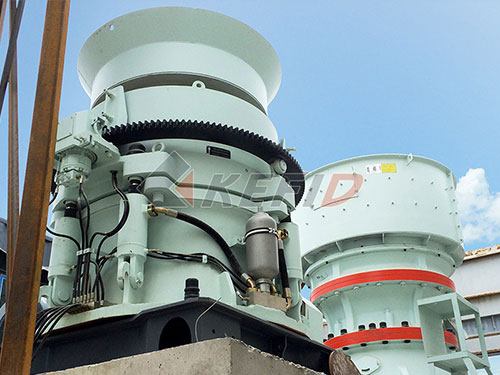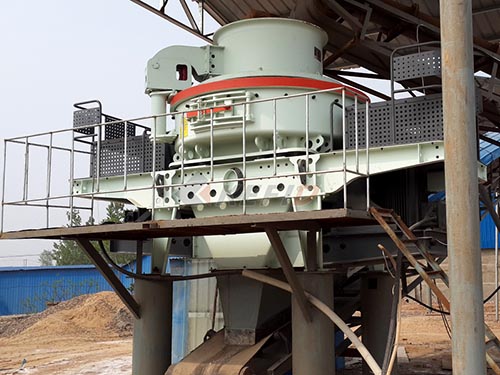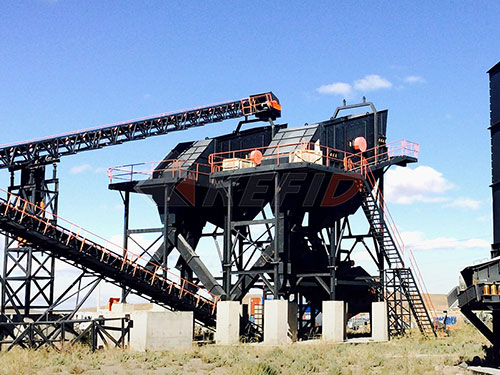The Critical Mechanics of Rotation in Jaw Crushers: Understanding the Heartbeat of Crushing Operations
Jaw crushers stand as fundamental workhorses in the mining, aggregate, construction, and recycling industries worldwide. Their robust simplicity belies a complex interplay of forces necessary to fracture hard rock, ore, concrete, and demolition debris into manageable sizes. At the core of this fracturing process lies a precisely orchestrated rotational motion, primarily driven by the eccentric shaft. Understanding what this rotation entails – its mechanics, directionality, influence on crushing action, and critical importance for operation – is paramount for optimizing performance, maximizing equipment longevity, and ensuring operational safety.
1. The Engine Room: The Eccentric Shaft
The rotational force driving a jaw crusher originates from the prime mover – typically an electric motor or diesel engine – connected via V-belts or direct drive to the eccentric shaft. This shaft is not uniform along its length; it features one or more offset sections known as eccentric throws. This eccentricity is the key design element that transforms simple rotary input into the complex reciprocating motion required for crushing.
Mechanics of Transformation: As the motor rotates the eccentric shaft at a constant speed (measured in Revolutions Per Minute – RPM), the offset section(s) cause it to rotate around an axis that is not perfectly centered relative to its bearing journals or the main frame bearings supporting it.
Resulting Motion: This off-center rotation imparts an elliptical path to any point attached radially outward from the eccentric centerline. In a jaw crusher context:

The main bearings support this rotating eccentric mass.
Connecting elements transmit this elliptical motion directly to critical components.
2. Transmitting Motion: Pitman Arm & Toggle System
The rotational energy from the eccentric shaft must be converted into linear crushing force at the jaws. This translation occurs through two primary components:
Pitman Arm: This is essentially a large swinging lever rigidly connected at one end directly onto or near an eccentric throw on the shaft.
As the eccentric rotates off-center:
One side effectively pushes/pulls one end of the pitman arm upwards.
Simultaneously (half a revolution later), it pulls/pushes that same end downwards.
This imparts a powerful reciprocating rocking motion onto the entire pitman arm structure.

Toggle Plates/System: Located at/near the

Leave a Reply